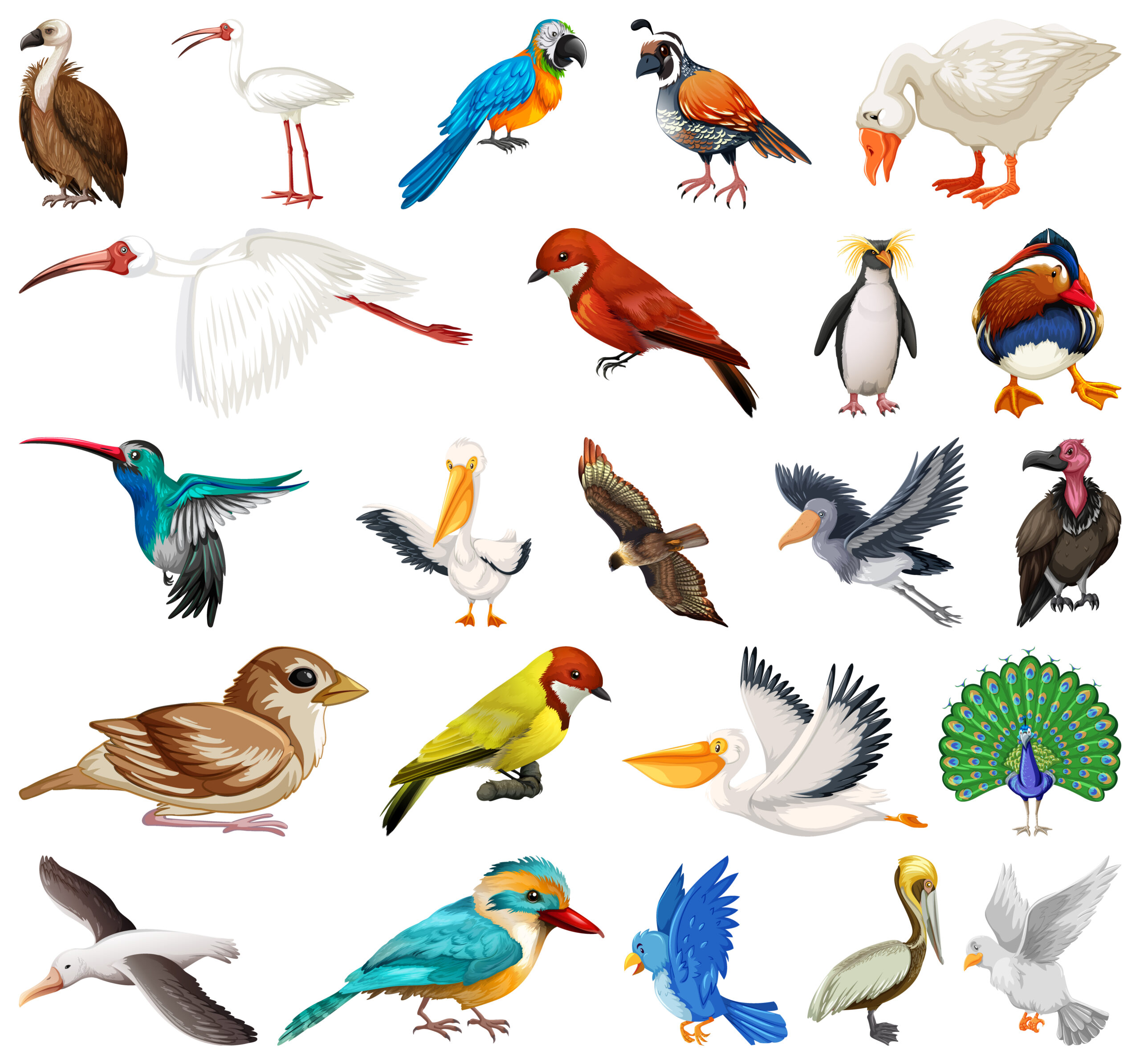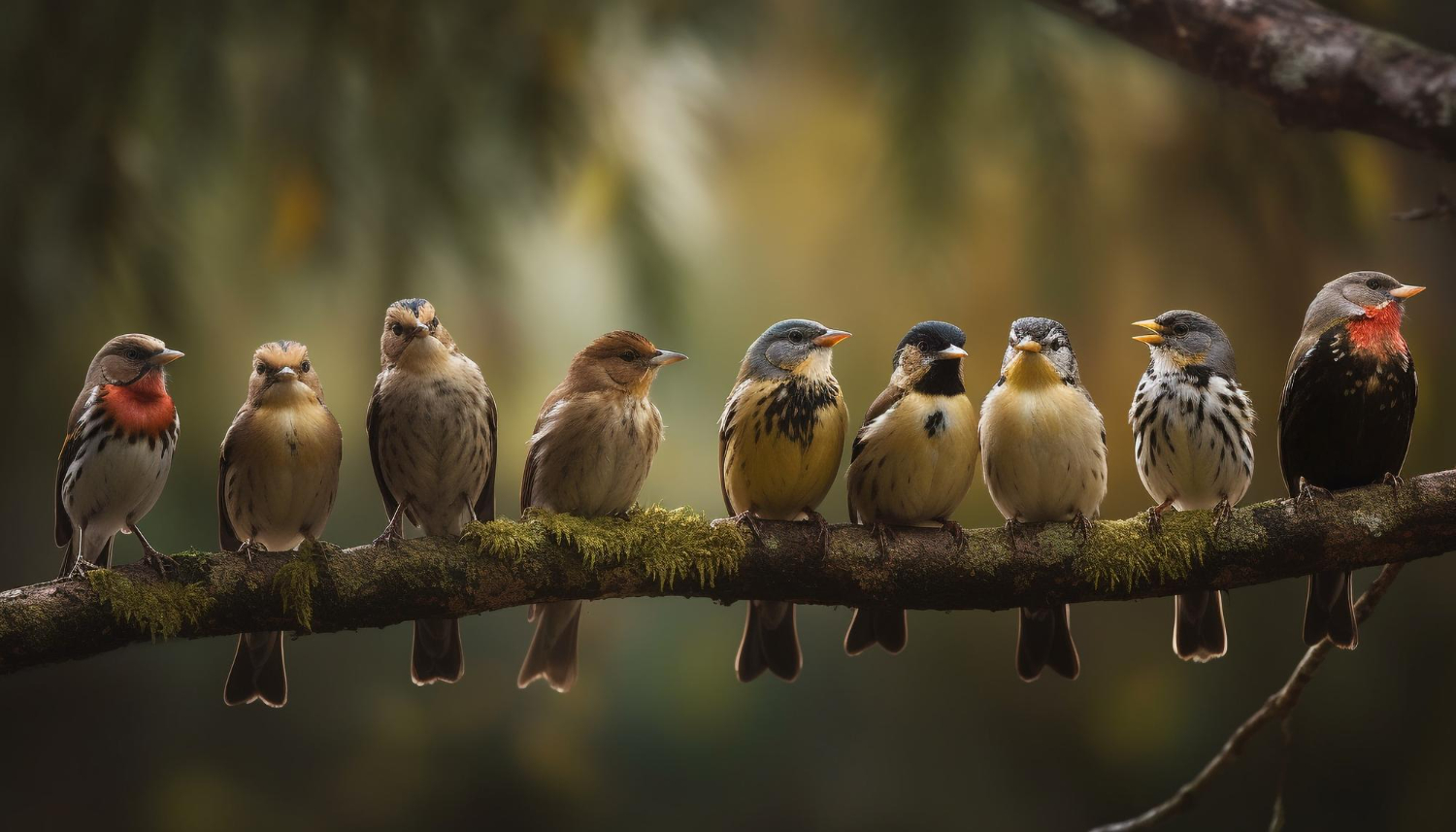The natural world is full of wonders, but few creatures capture the imagination quite like the pileated woodpecker. This striking bird, known for its bold colors and iconic call, has been an essential part of North American forests for centuries. In 2025, interest in the pileated woodpecker is soaring as birdwatchers and nature enthusiasts come together to learn more about this majestic creature. Let’s dive into the life and habits of the pileated woodpecker, exploring what makes it so special.
What Does the Pileated Woodpecker Look Like?
The pileated woodpecker is one of the largest woodpeckers in North America, with a body length of about 16 to 19 inches and a wingspan that can reach 30 inches. Its most defining feature is its bright red crest, which looks like a flame on top of its head. This eye-catching crest is what gives the bird its name—“pileated” means capped or crested.
The rest of the pileated woodpecker’s body is mostly black, with white stripes running down the sides of its neck. When it flies, you’ll notice bold white patches under its wings, making it easy to identify even from a distance. Male pileated woodpeckers also have a red stripe along their cheeks, while females do not. This bold and unique appearance makes the pileated woodpecker a favorite among bird lovers.
Where Can You Find the Pileated Woodpecker?
The pileated woodpecker thrives in forests across Canada, the United States, and parts of Mexico. It prefers large wooded areas with plenty of tall trees, as these provide both food and shelter. While it’s most often found in mature forests, the bird has also adapted to suburban and even urban environments where trees are abundant.
If you’re hoping to spot a pileated woodpecker in 2025, look for signs of its presence. These birds leave behind rectangular holes in trees, created while they search for insects. You may also hear their loud, echoing drumming or their distinct, laughing call before you see them.
What Does the Pileated Woodpecker Eat?
The pileated woodpecker has a varied diet, but its favorite food is carpenter ants. Using its powerful beak, it chisels into dead or decaying trees to find these insects. The bird’s long, sticky tongue helps it reach deep into crevices to catch its prey.
In addition to ants, the pileated woodpecker eats termites, beetle larvae, and other insects. It also enjoys fruits, nuts, and berries, especially in the winter when insects are harder to find. This adaptability in diet helps the pileated woodpecker survive in different environments and seasons.
How Does the Pileated Woodpecker Build Its Home?
One of the most fascinating things about the pileated woodpecker is its ability to create large, rectangular cavities in trees. These cavities serve as nests, where the bird lays its eggs and raises its young. Both males and females take part in excavating the nest, which can take several weeks to complete.
The nest is usually located in a dead tree or a dead branch of a living tree. Once the pileateds woodpecker family moves out, these cavities often become homes for other animals, like squirrels, bats, or smaller birds. In this way, the pileateds woodpecker plays an important role in its ecosystem by providing shelter for other creatures.
The Pileated Woodpecker’s Role in the Ecosystem
The pileateds woodpecker isn’t just a beautiful bird—it’s also a vital part of its environment. By pecking into trees to find food, it helps control insect populations, preventing outbreaks that could harm forests. Its nest holes create habitats for many other species, from owls to raccoons.
In 2025, conservationists are emphasizing the importance of protecting the pileateds woodpecker and its habitat. Healthy forests mean thriving populations of pileateds woodpeckers, which in turn benefit countless other plants and animals.
Tips for Spotting a Pileated Woodpecker in 2025
If you want to see a pileateds woodpecker in the wild, patience is key. These birds are often shy and prefer to stay hidden in the trees. Here are some tips to increase your chances:
- Visit the Right Habitats: Head to forests with mature or dead trees, where the pileateds woodpecker is likely to search for food or build its nest.
- Listen Carefully: The bird’s loud drumming and unique call are usually the first signs of its presence. Learn these sounds to help identify it from afar.
- Look for Clues: Check trees for large, rectangular holes or piles of wood chips on the ground. These are signs that a pileateds woodpecker has been nearby.
- Bring Binoculars: Since these birds often stay high in the trees, binoculars can help you get a closer look.
- Be Quiet and Still: The pileateds woodpecker is sensitive to movement and noise. Approach slowly and avoid sudden actions to avoid scaring it away.
The Future of the Pileated Woodpecker
As we move further into 2025, the future of the pileated woodpecker depends on our efforts to protect its natural habitat. Urbanization and deforestation pose significant challenges, but there is hope. Conservation projects are underway to preserve large forests and educate the public about the importance of this incredible bird.
You can contribute by supporting local conservation efforts, planting native trees, and spreading awareness about the pileateds woodpecker. Small actions can add up to make a big difference for this species.
Fun Facts About the Pileated Woodpecker
- The pileateds woodpecker inspired the famous cartoon character Woody Woodpecker, thanks to its vibrant appearance and playful nature.
- These birds can peck up to 20 times per second! Their skulls are specially designed to absorb the impact.
- The pileateds woodpecker is monogamous and often mates for life, with pairs staying together year-round.
- Their nests are so large that they can be spotted from the ground, often measuring over a foot tall.
Why the Pileated Woodpecker Matters
The pileated woodpecker isn’t just a bird to admire; it’s a symbol of the beauty and complexity of nature. By taking the time to learn about and appreciate this majestic creature, we can deepen our connection to the natural world and inspire others to do the same.
In 2025, let’s celebrate the pileated woodpecker as a reminder of what makes our planet so extraordinary. Whether you’re an experienced birdwatcher or simply someone who loves the outdoors, the pileated woodpecker has something to offer. Keep your eyes and ears open—you never know when this iconic bird might make an appearance in your life.




Pingback: Eastern Bluebird A Symbol of Hope and Beauty in 2025 - Identify The Bird
Pingback: Peacock Birds Stunning Features and Habitats Explored in 2025 - Identify The Bird